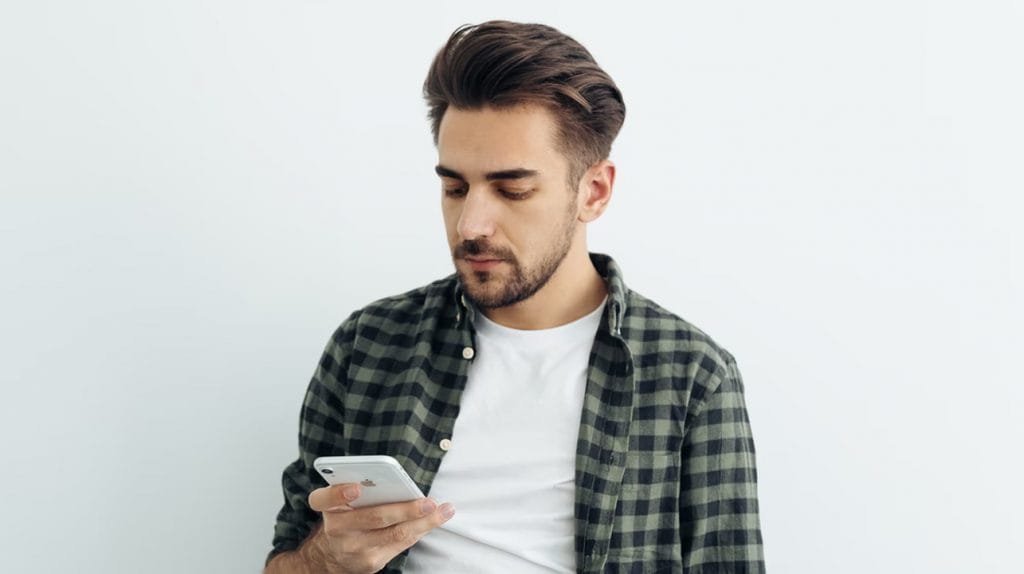If you’ve been lucky enough to receive a shiny new iPhone, you’re in for a treat. Whether it’s the ultra-premium iPhone 13 Pro Max, the affordable iPhone SE (2020), or anything in between, there’s a lot to like, from their slick software and wealth of apps, to class-leading performance and capable cameras.
But if you’re new to the ecosystem, or it’s been a while since you switched devices, there can also be a fair amount to learn as part of the initial setup process.
Luckily for you, we’ve put together this guide to not only getting your new phone ready for use, but transferring settings from your existing device too. Let’s get started.
Back up your current iPhone
First thing’s first – securing your personal data, photos, and anything else on your current iPhone (if you have one).
You can do this in one of two ways. You can plug your iPhone into a PC or Mac, or back up via iCloud, but if you’re using a computer you’ll need your iPhone’s passcode handy, as you’ll be asked to “Trust” the computer at various steps of the process.
On a PC, you’ll need to use iTunes. Plug your iPhone into your computer and then open iTunes and look for the small icon of an iPhone near to the top left of the window. Click it, click ‘Summary’, and then click ‘Back Up Now’.
On a Mac, back-up is no longer tied to iTunes. Once your device is plugged in, open the Finder sidebar, select your iPhone, and then click ‘General’. Next, select ‘Back up all of the data on your iPhone to this Mac’, and then choose ‘Back Up Now’.
Backing up via iCloud is arguably the simplest method since it can be done from your device. While connected to Wi-Fi, open Settings and select your name, then iCloud.
Under iCloud Backup, ensure the backup box is ticked, and then tap ‘Back Up Now’ to begin a current back up. Once done, your phone will display the last successful backup.
Need to know more? Try our guide to how to back up your iPhone
Restore the backup on your new device
Whichever method you used, restoring from a backup is a simple process and it’s part of the initial iPhone setup process.
Once your device is powered on for the first time (or after you’ve reset it), you’ll be greeted by the “Hello” screen. Be sure to set up a Wi-Fi connection in these early steps.
Once you get to the “Apps and Data” section, you’ll be able to choose whether you’ll be restoring from your Mac or PC, or from an iCloud backup.
For iCloud backups, simply log in with your Apple ID and select the backup you would like to restore from (if you have more than one, be sure to check the date, especially if you’re after the most recent).
Once you’ve selected a backup, the restore will then start. You may be required to update, in which case the device will prompt you to update iOS. You may also have to sign in with your Apple ID again to restore apps and purchases, so keep an eye on the progress.
If you’re restoring from Mac or PC, just plug your phone into the device you previously backed up your old device from, then select your phone in iTunes (Windows) or Finder (macOS), and press ‘Restore Backup’. If there are multiple backups available then you’ll also have to choose which one to restore from.
Advertisement
Restoring can take some time, but doing so will bring all of your content across seamlessly. Your device will restart at the end of the process.
Switch from Android to iPhone
An iPhone 13 Pro held in someone’s hand with a brick wall in the background
(Image credit: TechRadar)
Believe it or not, it’s easier than ever to switch from an Android device to an Apple one these days.
That’s because Apple released an app on Google’s app store dubbed ‘Move to iOS’ – and it does exactly what it says on the tin.
For more on transferring from Google’s platform to Apple’s, be sure to follow our handy guide.
How to switch from Android to iPhone
Prepare your old iPhone for resale or regifting
Handing down your older iPhone to a friend or relative, or looking to sell it to make some cash?
Apple’s devices tend to hold their value for quite some time, making them perfect for selling once you’ve moved on (particularly when they’re in good condition, underlining the importance of a case).
It’s easy to wipe your device clean, removing all of your personal data – just be sure to transfer all of your information first, or just back it all up (using our guide at the top of this very page).
On the iPhone that you’re selling/gifting, head into settings, tap your name and then select ‘Sign Out’. You’ll need your Apple ID password, and then you can tap ‘Turn Off’.
Doing so will log your Apple ID out and remove your ability to track the device using Find My iPhone.
Now, head back into settings, hit ‘General’, ‘Transfer or Reset iPhone’, and then ‘Erase All Content and Settings’. Enter your passcode, and your phone will be reset to factory settings.
Restore the backup on your new device
Whichever method you used, restoring from a backup is a simple process and it’s part of the initial iPhone setup process.
Once your device is powered on for the first time (or after you’ve reset it), you’ll be greeted by the “Hello” screen. Be sure to set up a Wi-Fi connection in these early steps.
Once you get to the “Apps and Data” section, you’ll be able to choose whether you’ll be restoring from your Mac or PC, or from an iCloud backup.
For iCloud backups, simply log in with your Apple ID and select the backup you would like to restore from (if you have more than one, be sure to check the date, especially if you’re after the most recent).
Once you’ve selected a backup, the restore will then start. You may be required to update, in which case the device will prompt you to update iOS. You may also have to sign in with your Apple ID again to restore apps and purchases, so keep an eye on the progress.
If you’re restoring from Mac or PC, just plug your phone into the device you previously backed up your old device from, then select your phone in iTunes (Windows) or Finder (macOS), and press ‘Restore Backup’. If there are multiple backups available then you’ll also have to choose which one to restore from.





